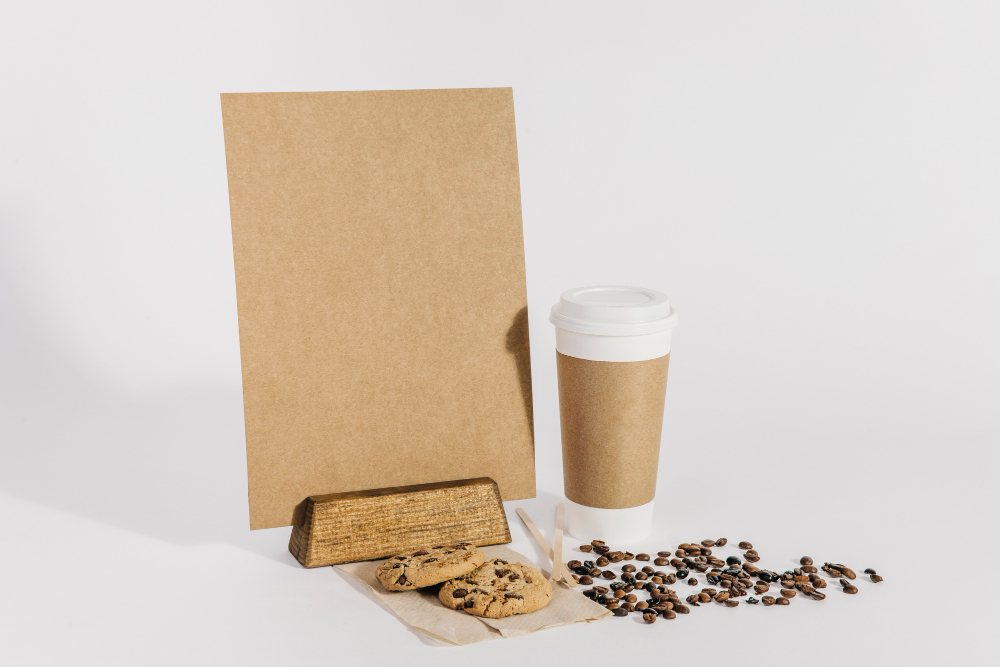The Production Process of Sustainable Food Packaging
In today’s environmentally conscious world, sustainable practices have become a priority across various industries, including food packaging. As consumers increasingly demand products that are both effective and eco-friendly, green packaging companies have risen to the challenge by developing innovative solutions. This article explores the production process of sustainable food packaging, highlighting the key steps and considerations involved.
Sourcing Sustainable Materials
The foundation of sustainable green packaging lies in the selection of eco-friendly materials. Green packaging companies prioritize sourcing materials that are renewable, recyclable, or biodegradable. Some common sustainable materials used in food packaging include:
- Recycled paper and cardboard: These materials are widely available and can be easily recycled.
- Biodegradable plastics: Made from renewable resources, these plastics can decompose naturally.
- Compostable materials: These materials can break down into organic matter and return to the soil.
- Plant-based materials: Such as cornstarch, bagasse, and bamboo, these materials are renewable and sustainable.
Design for Sustainability
Designing sustainable food packaging involves careful consideration of several factors:
- Minimalism: Reducing the amount of material used while ensuring product protection.
- Functionality: Designing packaging that is easy to open, close, and dispose of.
- Recyclability: Ensuring that the packaging can be easily recycled or composted.
- Product compatibility: Selecting materials that are suitable for the specific food product being packaged.
Manufacturing Processes
The manufacturing process for sustainable food packaging often involves:
- Cutting and forming: The selected materials are cut and shaped to fit the product.
- Printing: Printing labels or other information directly onto the packaging.
- Assembly: Assembling the packaging components into the final product.
- Quality control: Inspecting the packaging for defects and ensuring it meets quality standards.
Minimizing Waste and Emissions
Sustainable food packaging companies strive to minimize waste and emissions throughout the production process. This involves:
- Efficient material usage: Optimizing the cutting and forming processes to minimize material waste.
- Lean manufacturing: Implementing lean manufacturing practices to reduce waste and improve efficiency.
- Energy conservation: Using energy-efficient equipment and processes.
- Waste management: Implementing proper waste management systems to recycle or compost waste materials.
Quality Assurance and Testing
To ensure the safety and quality of sustainable food packaging, companies conduct rigorous testing and quality assurance procedures. This includes:
- Food safety testing: Ensuring that the packaging materials do not contaminate the food product.
- Barrier properties testing: Assessing the packaging’s ability to protect the food from moisture, oxygen, and other environmental factors.
- Shelf life testing: Evaluating the packaging’s performance in maintaining the product’s freshness and quality over time.
Frequently Asked Questions About Sustainable Food Packaging Production
- How do green packaging companies ensure the safety of sustainable food packaging materials?
- Green packaging companies conduct rigorous testing to ensure that the materials used are safe for food contact and do not contain harmful chemicals. They also comply with relevant food safety regulations.
- What are the challenges in producing sustainable food packaging?
- Some challenges include the higher cost of sustainable materials, limitations in certain applications, and the need for consumer education about the benefits of sustainable packaging.
- How can consumers contribute to the sustainability of food packaging?
- Consumers can play a role by choosing products with sustainable packaging, recycling or composting packaging materials, and supporting companies that prioritize sustainability.
- What are the future trends in sustainable food packaging?
- Future trends include the development of even more innovative and sustainable materials, increased use of biodegradable and compostable packaging, and advancements in packaging design for improved functionality and recyclability.
- How can businesses benefit from using sustainable food packaging?
- Businesses can benefit from improved brand reputation, increased customer loyalty, cost savings through reduced waste, and compliance with environmental regulations.
By understanding the production process of sustainable food packaging, consumers and businesses can make informed choices and contribute to a more sustainable future.



Recent Comments